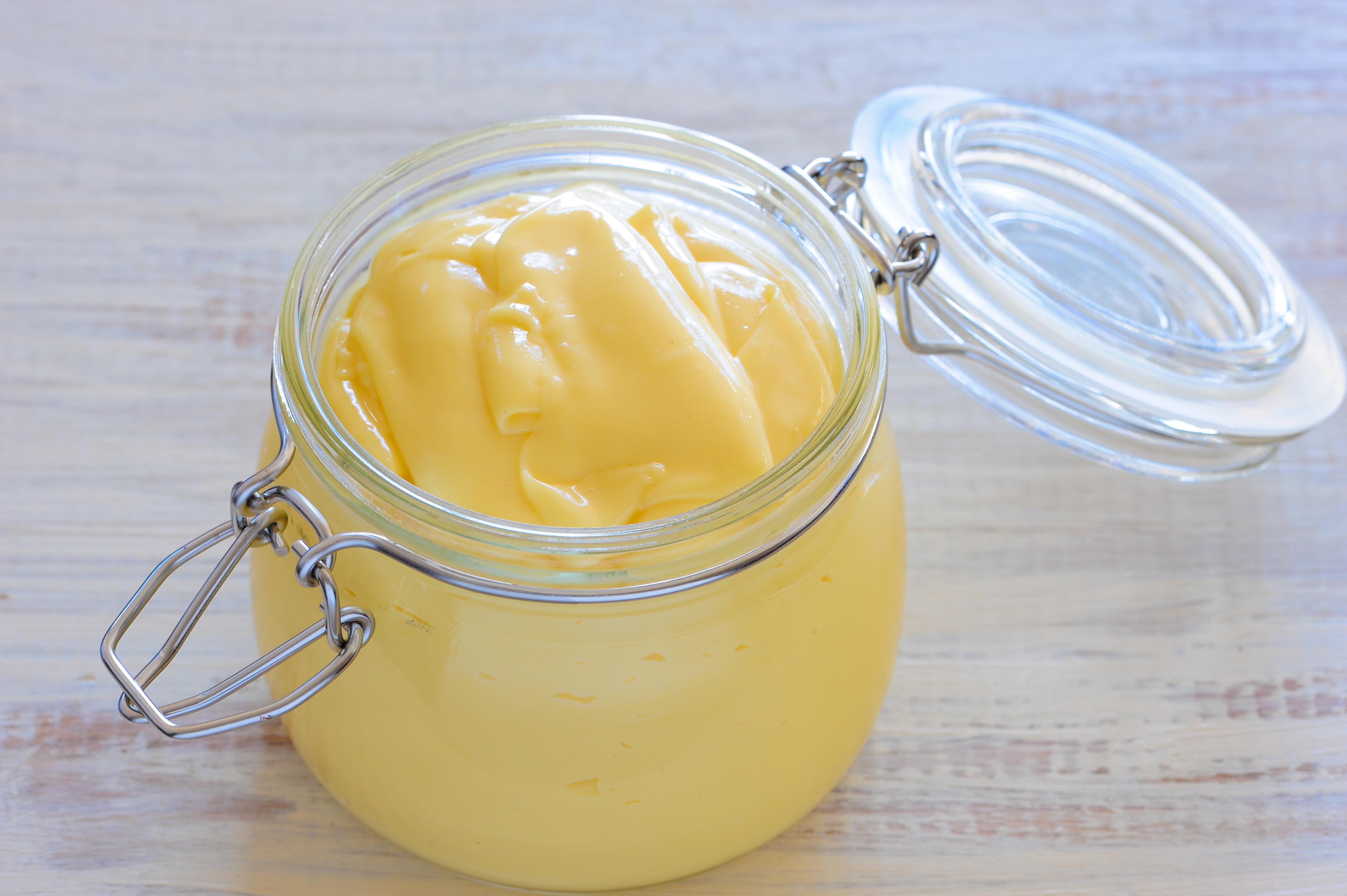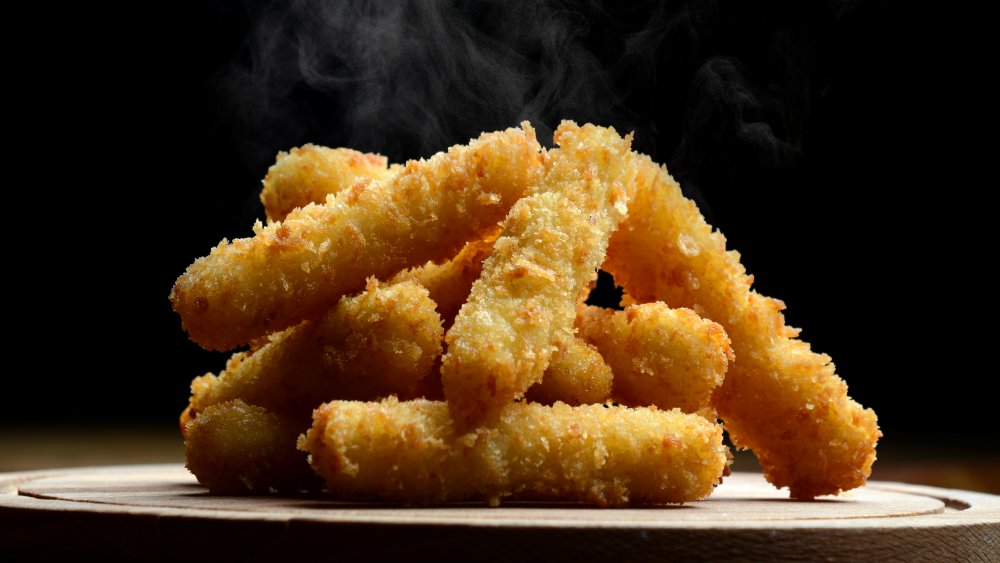High in saturated fat foods are detrimental to your health. Unchecked intake of saturated fat can lead to stroke and heart disease. The World Health Organisation estimates that stroke and coronary heart disease kill about 14.1 million people year. You should not, however, totally avoid saturated fats. The American Heart Association advises that saturated fats should make about 5% to 6% of total calories. Your saturated fat consumption should be kept to a minimum essentially. See 10 common foods heavy in saturated fats, together with dietary advice and the best substitutes. Look down!
Definition of Saturated Fats
Foods classified as saturated fats are solid at ordinary temperature. Saturated fats have a greater melting point because single bonds exist rather than monounsaturated (one double bond) and polyunsaturated (many double bonds). Among foods containing saturated fats include animal fat, cream, and cheese. How then might saturated fat compromise your health? Discover below in the segment.
How might saturated fats compromise your health?
Saturated fats change the body by raising its bad or LDL cholesterol level. Burger, pizza, too much butter, animal fat, and the like saturated fats from burgers, pizza, lead to it. By accumulating on the artery walls, LDL cholesterol stops free passage of blood to and from the heart to different regions of the body. Unchecked LDL cholesterol levels can result in a clogged artery capable of triggering a heart attack.
Therefore, you see, saturated fats are only beneficial in trace levels. Would like to know which foods contain lots of saturated fats? Downslide.
Ten Foods Loaded with Saturated Fats
1. Mayonnaise

One hundred grammes of saturated fat (100 g) – twelve grammes; one teaspoon (five grammes) – 0.36 g; one table spoon ( fourteen grammes) – 1.6 g
Who doesn't enjoy a dab of silky smooth mayonnaise in wraps, sandwiches and salads? It has a wonderful ability to make an unappealing salad taste great. The level of saturated fats in it, though, is a concern. We also all overconsume it because of its creamy texture and taste-goodness. Make low-cal salad dressing with olive oil, use cottage cheese in sandwiches and wraps, and eat no more than two tablespoons of it daily.
2. Butter
One teaspoon (4.7 g) – 2 g; one Tablespoon (14.2 g) – 7 g; one hundred fifty grammes (100 g) – 51 g
Butter tastes and smells so good that it is practically impossible to cut out from our life. Still, this is the important point. You will wind up paying for repairs on your "broken" heart until you start eating it in moderation. Looking at butter's saturated fat level, it is much more than that of mayonnaise. You thus have to eat as little butter as you can. Every day have one to two tablespoons of butter.
3. Animal Fats
One hundred grammes of saturated fat (100 g) – 39 g; one tablespoon (14 g) – 4.55 g; one teaspoon (4 g) – 2 g
Animal fats including meat drippings, lard, chicken fat, duck fat, goose fat, and lamb fat seem to enhance the taste quotient of every meal. And if you are not attentive enough, it has the whole capacity to propel you upward—if you know what I mean! Although it tastes great, why not look for a replacement low in saturated fats that might be better for your health? Replace the animal fats listed above with herbed oils and handmade ghee.
4. Cheese
One cubic inch (17 g) – 3.6 g; one slice (1 oz) – 6 g; one hundred grammes (100 g) – twenty-one g
One can easily overindulge in cheese. Particularly when bread, in salads, as a dip, fried, or just nibbles are available. Although cheese has many good nutritional value, overindulging in it could compromise your cardiac condition. You receive half the daily advised intake of saturated fat in only a slice of cheese! Consider now the cheese consumption in pizzas and burgers. Cut daily cheese intake and schedule frequent exercise to maintain heart fitness. You may also read this: Recipes for Tasty Vegetarian Salads
5. Whipped Cream

One tablespoon (15 g) – 3 g; one teaspoon (5 g) – 0.36 g; one hundred grammes (100 g) – 23 g
Oh, this looks to be a difficult list for you! On this list is everything wonderful. Hey! Sometimes it is preferable to hear the terrible truth and straighten yourself than to live regretful later. Highly saturated in fat, the beloved whipped cream can cause rapid weight gain. Eat sour cream instead of whipped cream or steer clear of it to stop your health from spiraling southward.
6. Processed Meat
One ounce (28 g) – 1.6 g; one hundred fifty grammes (100 g) – 14.9 g; three slices (5 g) – six grammes
Processed meat heavy in salt and saturated fats includes sausage, salami, bacon, and chorizo. Furthermore, processed meats have animal fat, which makes them less healthy if routinely taken in excess. Get protein instead of processed fatty meats by ingesting mushrooms, cooked lentils, tofu, beans, and lean meat like chicken breast. Given its high saturated fats composition, it is also advised not to eat too much red meat.
7. Brazilnuts
One cup ( 133 g) – 20.1 g; one ounce (28 g) – 4.2 g; one hundred fifty grammes (100 g) – 15.1 g
Among the nuts, Brazil ones have the most saturated fats. Although they have significant nutritional value, their flavor buttery and delicious, so you can easily overindulge in them. Eat other, better nuts such walnuts, almonds, macadamia, pine nuts, and pistachios. Try to eat only a handful of these nuts daily.
8. Dried and Sweetened Coconut
One cup (93 g) – 29 g; one Ounce (28 g) – 16 g; one hundred fifty grammes (100 g) – 57 g
Would you want to sprinkle your smoothie bowl generously with sweetened and dried coconut shavings? Alternatively do you often find mouthwatering dry coconut sweets? Dried coconut could not be as healthful as fresh coconut or even coconut oil, though. Particularly considering its heavy concentration of saturated fat. Once or twice a week, you could eat roughly one to two teaspoons of dry coconut to avoid saturated fat overload in your body.
9. Deep Fried Foods

One ounce (28 g) – 4.6 g; one hundred grammes (100 g) – 17 g; per teaspoon (5 g) – 0.36 g
Your worst dream now is NO FRIED FOODS! giggling. Every now and then we all yearn for fried, crispy, comfort cuisine. The issue starts though when you make them your breakfast, lunch, supper, and snack! High saturated and trans fat content in fried foods as well as their negative impact on health are well documented. Not at all healthy, fried meals include French fries, fried poultry, batter-fried dishes should be avoided. If you have cravings, create guilt-free shallow-fried dishes using olive oil to make them healthful and quite delicious.
10. Cake
One cake (1 kg) – 62 g; one piece (14 g) – 6 g; one hundred gramme (100 g) – 5–15 g
My biggest nightmare is this! Though they are LDL, or bad cholesterol, level lifters, cakes and pastries can be quick mood boosters. Naturally, your heart won't be at danger if you have them once or twice a month and lead a decent lifestyle. You are in trouble, though, if you are inactive and have a piece of cake rather regularly. Limit your cake intake, particularly the ones topped with frosting. Use low-cal dark brown sugar, multigrain flour, and natural sweeteners like honey to create a healthier variation of cakes right at home.
Tips To Reduce Fat Intake
-
Choose skinless chicken, lean cuts of meat, and low-fat dairy items.
-
Substitute grilling, baking, or steaming for deep fried cooking techniques.
-
Eat more fruits and vegetables since they are naturally low in fat and packed in nutrients.
-
To avoid high-fat foods—especially those including trans fats or hydrogenated oils—read food labels.
-
Eat less processed and fast meals since they are rich in calories and have hidden fats.
-
Watch your portion sizes; use smaller dishes and stay away from going for seconds.
-
Swap ketchup, a high-fat condiment, for better choices include mustard or salsa.
-
Instead of butter or lard, cook using olive oil or canola oil— healthier fats.
Examples Of Saturated Fat You Should Know
This list so makes it rather evident that you need exercise caution while eating items you know to be generally not so healthy. And this is where portion control finds application. These days, there are other foods high in fat that are rather healthful. Mostly liquid at normal temperature, these have one or several double bonds. View the next section to learn which good fats you should eat.


.webp)





